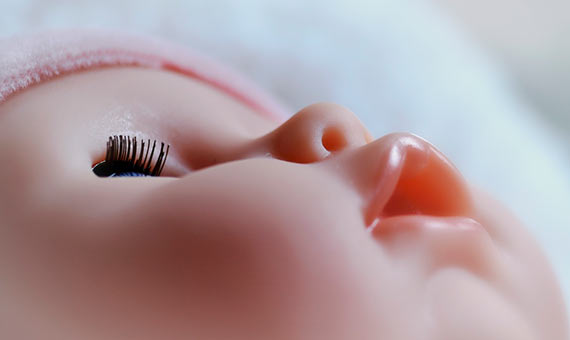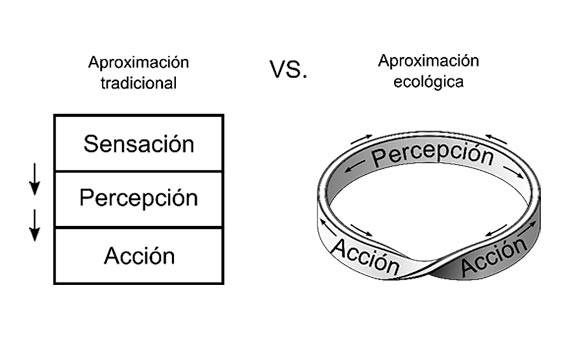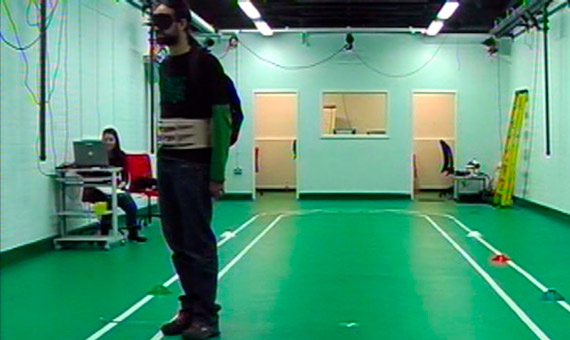All our lives we have been told that humans have five senses: sight, hearing, smell, taste and touch. A long tradition, dating back to Aristotle at least, holds that these senses represent our point of contact with the world around us. Each sense is associated with a specific organ. For example, the organ associated with sight is the eye, while that for taste is the mouth. Each of these organs is connected to the brain, and stimulation of the same provokes a specific phenomenology, i.e. something like a visual experience, a smell or taste, just to give a few examples.

While the idea that humans experience the world via the five senses may seem to be one of the steadfast truths that remain unchanged down the ages, a number of research projects have now cast this position into doubt. On the one hand, some researchers state that proprioception (the ability to perceive one’s own body and its joints, and its relative position in space) is a separate sense from the aforementioned five, and therefore we should really consider ourselves to have six senses. Meanwhile, the interactions observed between taste and smell (which are so important in the world of cuisine) suggest that the two senses may not be independent, but instead represent a single sense working at two different levels. Therefore, it could be argued that we have fewer than five senses.
Could technology expand our sensory limits?
A third group of studies, challenging the classic notion of sense, has been driven by technological progress and is known as sensory substitution. Summed up, sensory substitution consists of capitalizing on one sensory modality to substitute another when the second cannot be used. A very basic example of this substitution are the white canes used by the visually impaired. Although they may fail to detect a step using sight, the cane allows them to use touch as a substitute, thus allowing them to perceive the obstacle and climb or avoid the same as they see fit. The first technology that sought to implement such sensory substitution, by transforming light into sound, was developed in the late 19th century and early 20th century by a Polish inventor called Noiszewski. Sometime later, in the second half of the 20th century, key innovations in the field ended up becoming essential reading aids for the blind.
Some researchers, led by Bach-y-Rita, have argued that near complete sensory substitution is possible thanks to brain plasticity when such devices are used for some time. However, visual-tactile substitution devices are not in such widespread use as might be expected bearing in mind that around 285 million individuals worldwide have some kind of visual impairment. One explanation for this is that many such devices are designed based on the classic notion of the five senses needing stimulation, while our perception functions more like an active and amodal process.

The ecological approach
This alternative understanding of perception is known as the ecological approach, as it uses the ecology of living beings to explain their behavior. Perception is not conceived as a representational process, but instead is a dynamic online control system. In this system, a user’s movements, how they explore, allows relevant information concerning perception to be identified, which in turn allows their actions to be controlled.
In this framework, senses are defined solely as different kinds of sensorimotor contingencies.
The application of said ecological approach to sensory substitution has been tested in recent research, analyzing the role of active information control via exploration to detect environmental characteristics; the capacity to perceive optical contingencies, such as expansion via a vibrotactile device; the perception of affordances, such as the capacity to climb stairs or move through gaps; and the capacity to navigate through obstacles via various sensory substitution devices.

The results of this research show that an ecological-dynamic understanding of behavior may be more appropriate in the world of sensory substitution, and a shift away from the classic notion of the five senses is required in order to drive innovation in said devices and extend their use, particularly among individuals with visual impairment.
Lorena Lobo
Universidad Autónoma de Madrid
Comments on this publication